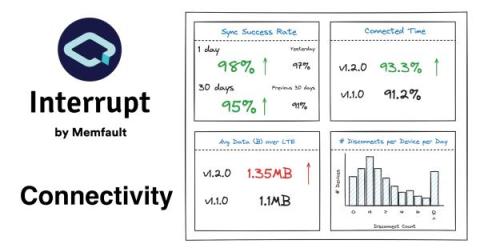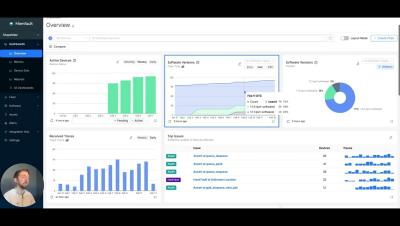Diving into JTAG - Debugging (Part 2)
As noted in my previous article Diving into JTAG protocol. Part 1 — Overview, JTAG was initially developed for testing integrated circuits and printed circuit boards. However, its potential for debugging was realized over time, and now JTAG has become the standard protocol for microcontroller debugging. Many Firmware and Embedded engineers first encountered it in this particular context.




